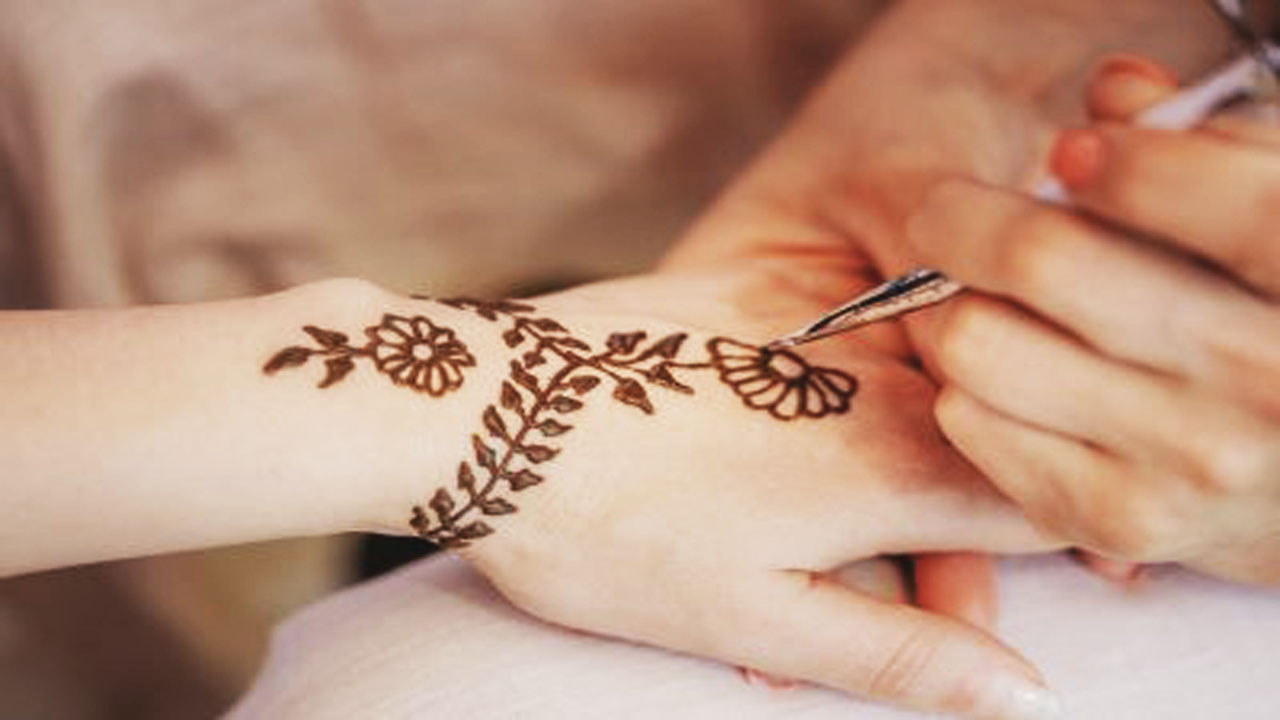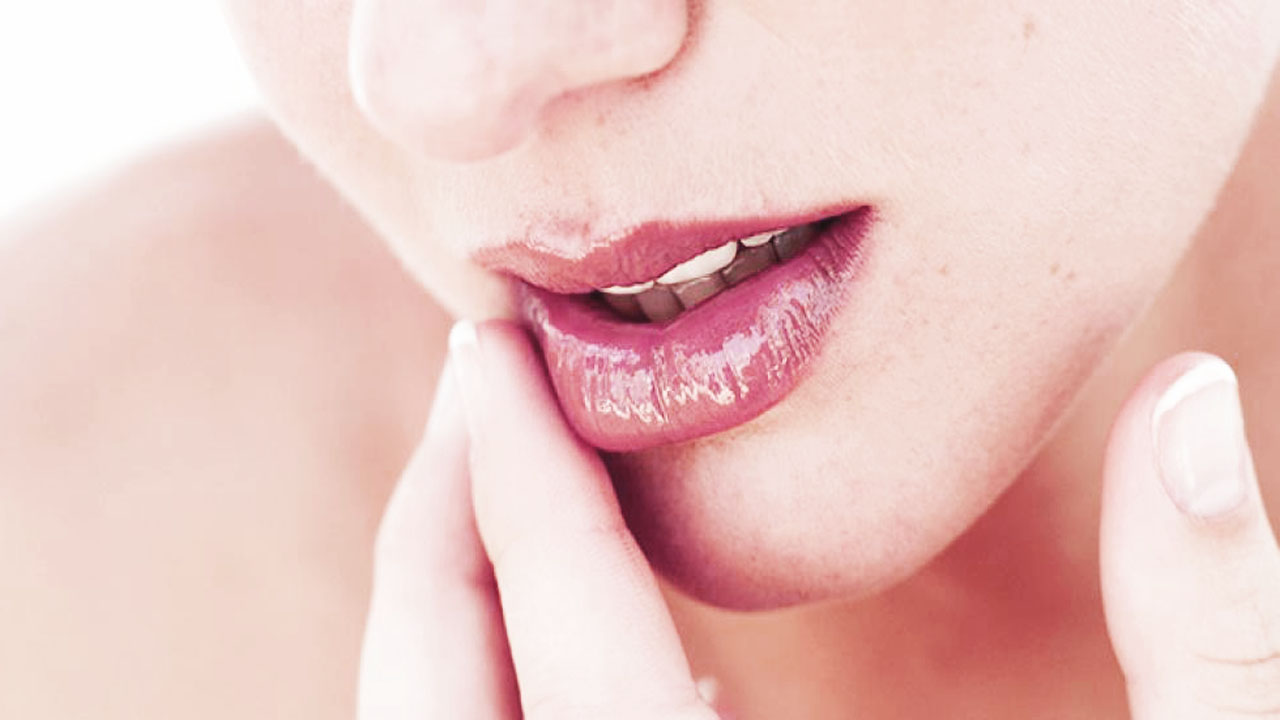What type of bread is best for your health?
Bread? So Frenchy! It has long been a food icon in our country. A tourist entering a French bakery is always amazed by the diversity of what is offered: farmhouse bread, rye bread, wholemeal bread, traditional baguettes, spelt, barley, oat, poppy seed... There is something for everyone! But without the nutritional and health benefits necessarily being there. Because the fibre, macro, and micronutrients provided depend on the way the flour and then the bread is made...
"A century ago, hundreds of varieties of wheat were grown in France, but today there are only a few dozen, and the varieties have completely changed," laments nutritionist and researcher emeritus Denis Lairon. A phenomenon of forced industrialization and mechanization of the bakery, accompanied by extremely powerful mechanical kneading, has led to the selection of wheat with large proteins.
They are the gluten and allow the bread to rise rather than flatten out like a pancake during baking. According to the researcher, the large size of these buns is partly responsible for the increased frequency of gluten sensitivity.
Complete and preferably organic
But this is not the only problem that those who eat industrial bread are potentially exposed to. For, in addition to the wheat varieties, what has changed is also the way and time of fermentation of the bread dough. The longer this fermentation takes, the more gluten proteins are predigested. However, the fermentation time is often shortened for reasons of productivity and profitability. In addition, the leaven traditionally used for this fermentation is mostly replaced by baker's yeast.
However, as Denis Lairon explains, "sourdough leads to the development of yeasts with alcoholic fermentation, but also of bacteria whose lactic fermentation acidifies the bread dough and activates enzymes". These enzymes are useful for predigesting proteins, but they also break down a molecule that makes minerals such as zinc, iron, magnesium, or calcium assimilable. In other words, a bread baked with yeast deprives us of trace elements. And it will be all the less interesting from a nutritional point of view because the flour used to make it will have been refined...
For a long time, white bread, and therefore refined bread, was considered better than grey or black bread, which had a very bad press," comments Denis Lairon, "whereas, from a nutritional point of view, it's exactly the opposite: in the white flours used today, three- quarters of the minerals, vitamins, and fibre have been lost.
They can be found in wholemeal breads, generally made from wheat, but may contain other cereals: they are made from a flour in which all the grain has been preserved with the germ, the reserves (almond) and the husk (bran).
But if you choose wholemeal bread, it is better to opt for the organic label: non-organic cereals are treated during cultivation and storage, and it is mainly on the husk of the grain that pesticide residues are found. In the case of multigrain bread, the flours are not necessarily wholemeal.


















